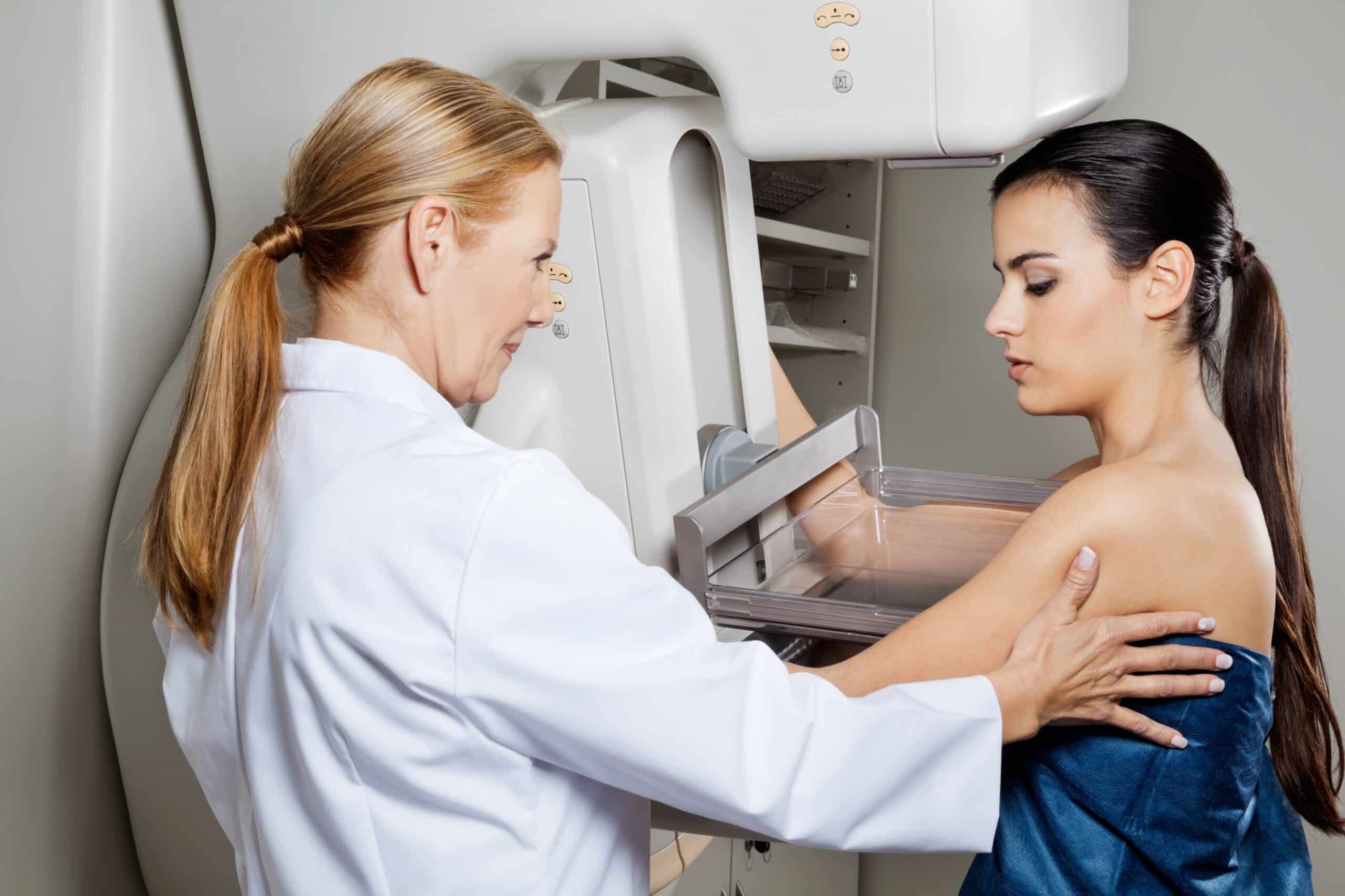According to a study from Radiology, on average only 10% of women recalled from screening for additional diagnostic workup based on suspicious findings are ultimately found to have cancer.
A recent report published in the journal Radiology: Artificial Intelligence suggests that AI may have the potential to help improve reading breast cancer screening mammograms.
“Mammography has been the frontline screening tool for breast cancer for decades with more than 200 million women being examined each year around the globe,” noted the researchers. “However, limitations in sensitivity and specificity persist even in the face of the most recent technologic improvements. Up to 30–40% of breast cancers can be missed during screening and on average, only 10% of women recalled from screening for diagnostic workup are ultimately found to have cancer…Our work described a multireader, multicase clinical investigation carried out to test the hypothesis that the use of a new AI system can improve the performance of radiologists in breast cancer detection when reading digital screening mammography.”
The AI tool was utilized by the team called MammoScreen developed by Therapixel to be applied with mammography to aid in cancer detection which was designed to identify regions suspicious for breast cancer in two-dimensional digital mammograms, assess the likelihood of malignancy based on a complete set of 4 views, and generate a set of image positions with a related suspicion score.
In this study a dataset of 240 two-dimensional digital mammography images acquired between 2013-2016 was assessed that included different types of abnormalities; half was read without the assistance of AI and the other half was read with the assistance of artificial intelligence. Findings show that the average sensitivity for cancer increased slightly with AI assistance, and it helped to reduce the rate of false negatives, or findings that look normal even though cancer is present.
“The average area under the receiver operating characteristic curve (AUC) across readers was 0.769 (95% CI: 0.724, 0.814) without AI and 0.797 (95% CI: 0.754, 0.840) with AI. The average difference in AUC was 0.028 (95% CI: 0.002, 0.055, P = .035). Average sensitivity was increased by 0.033 when using AI support (P = .021). Reading time changed dependently to the AI-tool score. For low likelihood of malignancy (< 2.5%), the time was about the same in the first reading session and slightly decreased in the second reading session. For higher likelihood of malignancy, the reading time was on average increased with the use of AI,” the researchers wrote.
“The results show that MammoScreen may help to improve radiologists’ performance in breast cancer detection,” said Serena Pacilè, Ph.D., clinical research manager at Therapixel, where the software was developed, and according to Pacilè, the FDA cleared MammoScreen for use in the clinic, where it could help reduce the workload of radiologists; the team looks forward to observing the behaviour of the AI tool on a large screening-based population and its ability to detect breast cancer earlier.
Improved diagnostic performance was achieved without prolonging workflow, reducing reading time has the potential to increase overall efficiency, and allows radiologists to focus their attention on the more suspicious examinations. This work highlights the potential power of AI assistance and may one day lead to improved breast cancer detection as well as patient outcomes.




